Home>Ideas and Tips>How To Choose The Right Paint Colors For A Bathroom
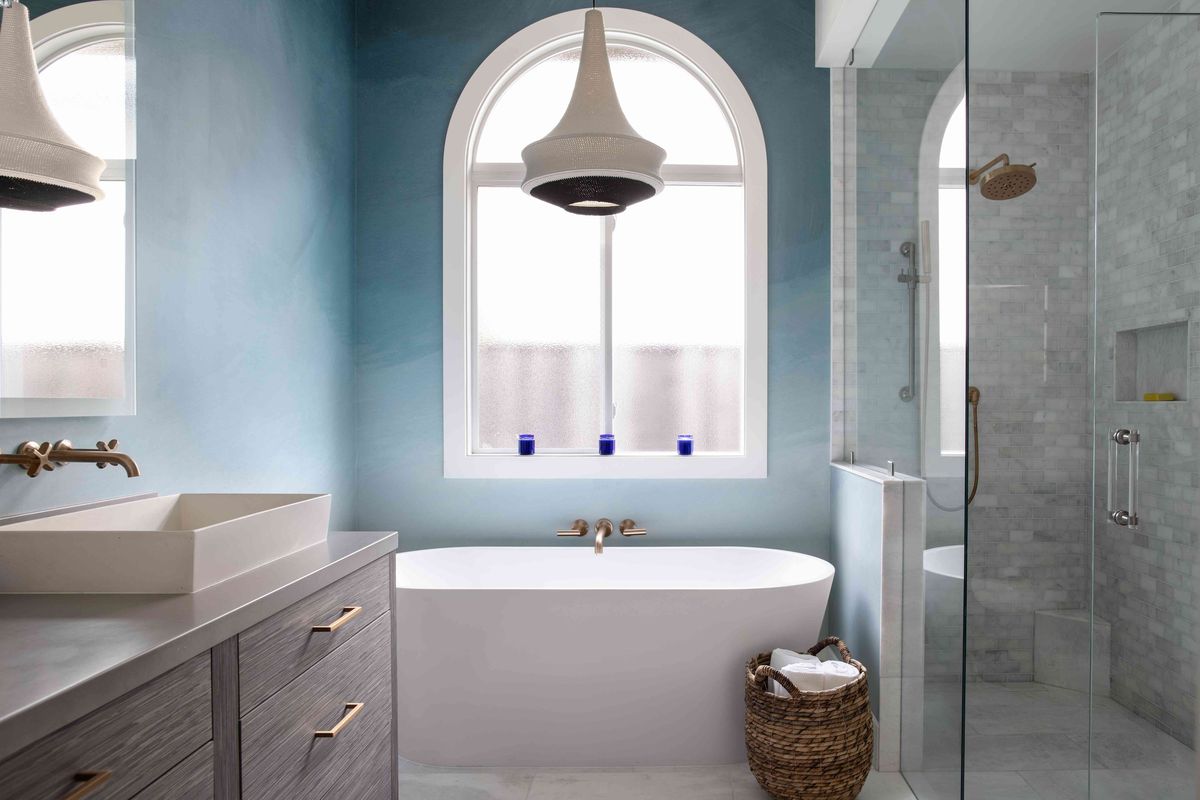

Ideas and Tips
How To Choose The Right Paint Colors For A Bathroom
Modified: November 2, 2024
Discover how to choose the perfect paint colors for your bathroom with our expert tips on lighting, flooring, and decor coordination.
(Many of the links in this article redirect to a specific reviewed product. Your purchase of these products through affiliate links helps to generate commission for Storables.com, at no extra cost. Learn more)
Choosing the right paint colors for your bathroom can be a daunting task, especially with the numerous options available. However, with some guidance and understanding of the key factors to consider, you can make an informed decision that enhances the aesthetic and functionality of your bathroom. In this article, we will delve into the various considerations and tips to help you select the perfect paint colors for your bathroom.
1. Understanding the Basics of Bathroom Paint Colors
Before diving into the specifics, it's essential to understand the basics of bathroom paint colors. Bathrooms are unique spaces that require paint colors that are not only aesthetically pleasing but also practical. Here are some general guidelines:
- Neutral Colors: Neutral colors like white, gray, and beige are popular choices for bathrooms because they provide a clean and timeless look. These colors are versatile and can complement a wide range of fixtures and decor.
- Calming Colors: Calming colors such as soft blues and greens can create a spa-like atmosphere, perfect for relaxation.
- Bright Colors: Bright colors like yellow and pink can add a splash of color but may not be ideal for small bathrooms or those with limited natural light.
- Dark Colors: Dark colors like black and deep reds can create a dramatic look but may make the space feel smaller and more closed-in.
2. Considering Lighting
Lighting is a crucial factor when choosing bathroom paint colors. The same color can look very different in natural light versus artificial light. Here’s how to consider lighting:
- Natural Light: If your bathroom receives plenty of natural light, you can opt for slightly darker shades. However, if the bathroom is windowless or has limited natural light, it's best to choose lighter shades to avoid making the space feel claustrophobic.
- Artificial Light: Artificial light can also affect how colors appear. If you have overhead lighting or LED lights, they can change the hue of the paint color. It’s advisable to test the paint color under both natural and artificial light conditions.
3. Matching with Flooring
The flooring in your bathroom plays a significant role in determining the wall paint color. Here’s how to match your flooring with wall paint:
- Neutral Flooring: If you have neutral flooring such as white or gray tiles, you have a wide range of options for wall paint colors. Neutral flooring provides a clean canvas for any color scheme.
- Non-Traditional Flooring: If you have non-traditional flooring like wood or bold-colored tiles, it's best to choose wall paint colors that complement these elements. For example, cool colors like grays and blues work well with wood accents, while warm colors like beiges and yellows complement bold-colored tiles.
4. Coordinating with Fixtures and Decor
The fixtures and decor in your bathroom should inspire your paint color choices. Here’s how to coordinate:
- Vanity and Cabinets: The vanity and cabinets are major focal points in the bathroom. Choose wall paint colors that complement these elements. For instance, if you have a dark-colored vanity, you can opt for lighter wall paint to create contrast.
- Tiles and Sinks: The tiles and sinks also play a significant role in determining the overall color scheme. For example, white subway tiles look great with soft blue or green walls, while penny tiles pair well with classic blue or indigo hues.
5. Popular Bathroom Paint Colors
Here are some popular bathroom paint colors that are trending in 2025:
- Cameo White by Behr: This warm neutral tone has just enough gray to be a wonderful backdrop for white bathroom decor themes. It’s bright and airy enough to work well in guest bathrooms and half baths with little sunlight.
- Extra White by Sherwin-Williams: This crisp white paint color is perfect for brightening up a bathroom with limited natural lighting. It can soften up in warmer south-facing lighting but remains on the cooler end of the bathroom paint color scale.
- Blissful Blue by Valspar: This muted indigo tone is a neutral-leaning blue with just the right amount of gray undertones. It pairs well with white tiles and is a simple color to design around.
6. Creating Your Own Color Palette
If you prefer to create your own unique color palette rather than following popular schemes, here are some tips:
- Monochromatic Look: A monochromatic look involves using different shades of the same color. This can create a cohesive and sophisticated look in the bathroom.
- Analogous Color Schemes: Analogous color schemes use two or more colors that are next to each other on the color wheel. For example, green, blue, and purple can create a soothing and natural look.
- Complementary Color Schemes: Complementary color schemes feature opposites on the color wheel. For instance, green and red or yellow and purple can add a vibrant touch to the bathroom.
7. Timeless vs Trendy Colors
When choosing bathroom paint colors, it's essential to consider whether you want timeless or trendy colors:
- Timeless Colors: Timeless colors like white, beige, and light blues are less likely to go out of style quickly. These colors provide a clean and classic look that can be easily paired with various fixtures and decor.
- Trendy Colors: Trendy colors like modern blues and grassy greens can add a fresh and modern touch to the bathroom. However, they may be more prone to fading or becoming outdated in a few years.
8. Durability and Maintenance
The durability and maintenance of the paint color are crucial factors to consider:
- Darker Colors: Darker colors like reds, greens, blues, and yellows are more likely to fade over time if exposed to natural sunlight. This means you may need to repaint more often.
- Light Colors: Very light colors show more dirt than shades in the middle of the range. This is why off-whites are so popular because they are easy to keep looking bright and fresh.
- Paint Finish: The finish of the paint also affects its durability. Moisture-resistant satin, semi-gloss, or high-gloss finishes are recommended for bathrooms as they are easier to clean and less prone to mold and mildew.
9. Practical Tips for Choosing Paint Colors
Here are some practical tips for choosing paint colors:
- Bring Home Paint Swatches: Before committing to a particular shade, bring home paint swatches and hold them up to the wall to see how they’ll look in your specific space.
- Test Colors: Test the paint colors under both natural and artificial light conditions to ensure they look good in different lighting scenarios.
- Consider Undertones: Pay attention to undertones when viewing paint colors in your space. Some paints may look too yellow or too blue or gray.
- Get Expert Advice: If needed, consider consulting with a color expert who can provide personalized guidance based on your bathroom's unique conditions.
10. Step-by-Step Guide to Choosing Bathroom Paint Colors
Here’s a step-by-step guide to help you choose the right paint colors for your bathroom:
- Empty the Bathroom: Start by emptying the bathroom contents to give you a clear view of the space.
- Repair Walls: Repair any damaged walls by patching and sanding them to create a seamless surface.
- Remove Fixtures: Remove towel bars, toilet paper holders, and other fixtures to give you a clean slate.
- Test Colors: Bring home paint swatches and test them on the walls under different lighting conditions.
- Consider Flooring: Choose wall paint colors that complement your flooring.
- Coordinate with Fixtures and Decor: Ensure that the wall paint color coordinates with your vanity, cabinets, tiles, and sinks.
- Choose a Finish: Select a moisture-resistant finish like satin or semi-gloss for easier cleaning.
- Wait for the Second Coat: Wait until the second coat has fully dried (at least 24 hours) to determine whether you really love the color.
By following these steps and considering the factors mentioned above, you can confidently choose the right paint colors for your bathroom that enhance its aesthetic appeal and functionality.
In conclusion, choosing the right paint colors for your bathroom involves considering various factors such as lighting, flooring, fixtures, and decor. By understanding these elements and following practical tips, you can create a bathroom that not only looks beautiful but also feels relaxing and functional. Whether you opt for timeless neutral colors or trendy modern hues, ensuring that the paint color complements the overall design of your bathroom will make it a space you love spending time in.
Was this page helpful?
At Storables.com, we guarantee accurate and reliable information. Our content, validated by Expert Board Contributors, is crafted following stringent Editorial Policies. We're committed to providing you with well-researched, expert-backed insights for all your informational needs.
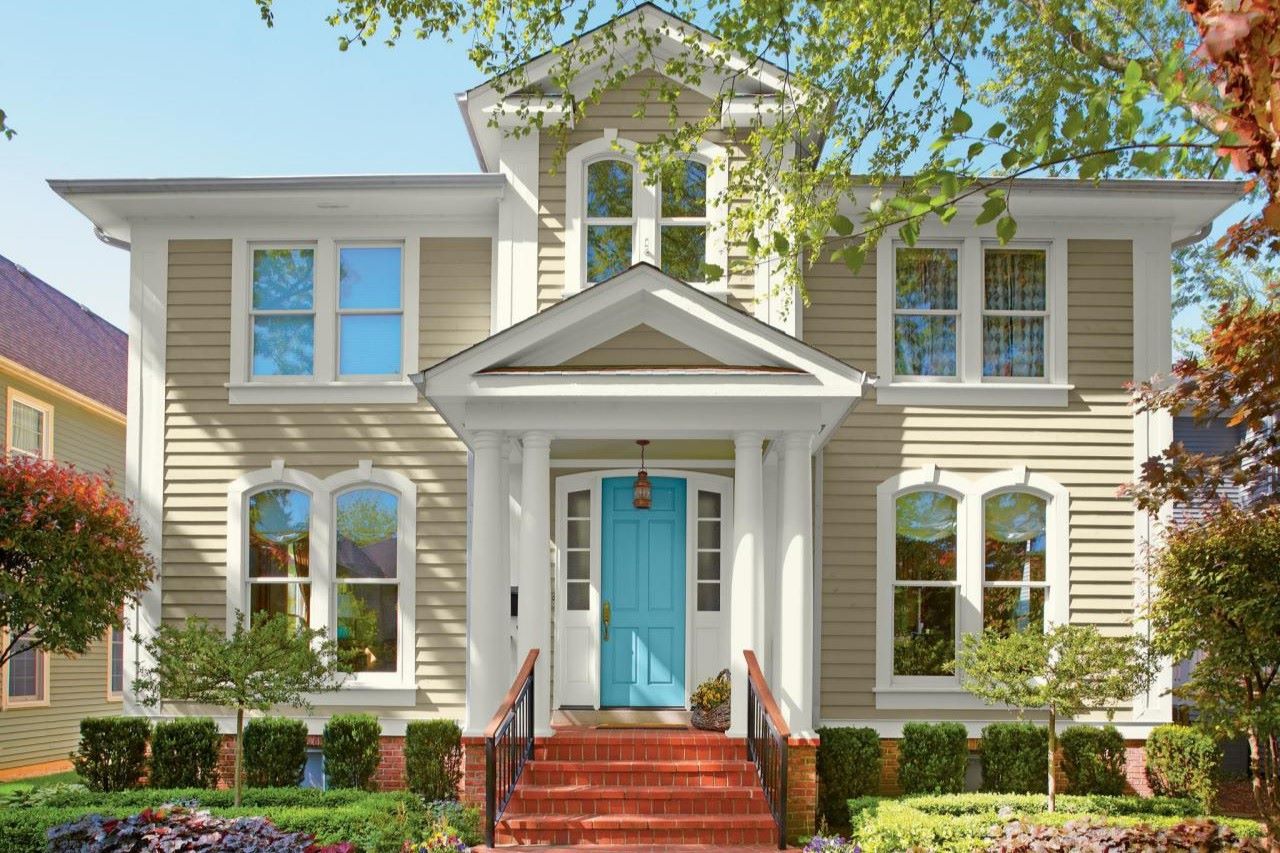
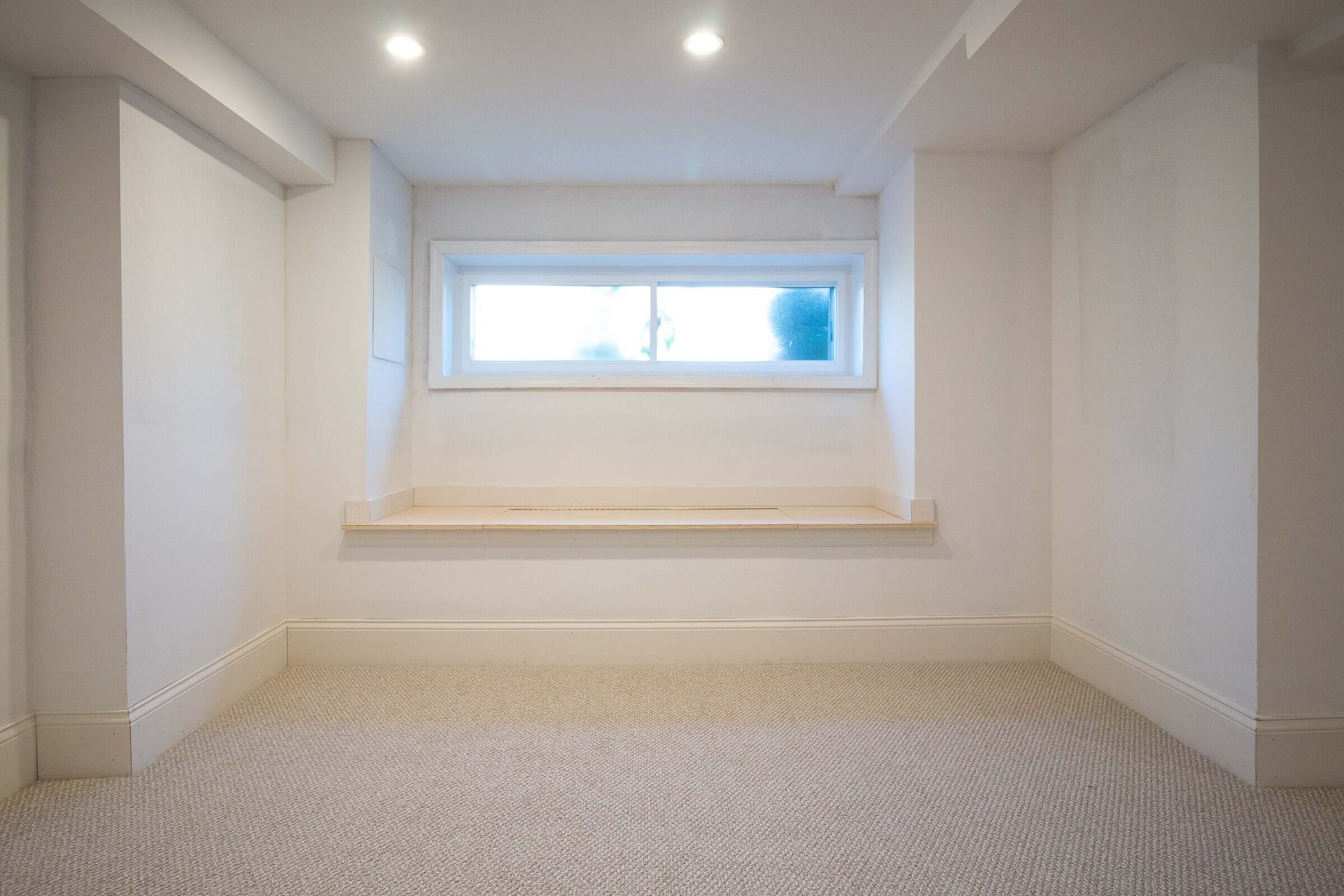
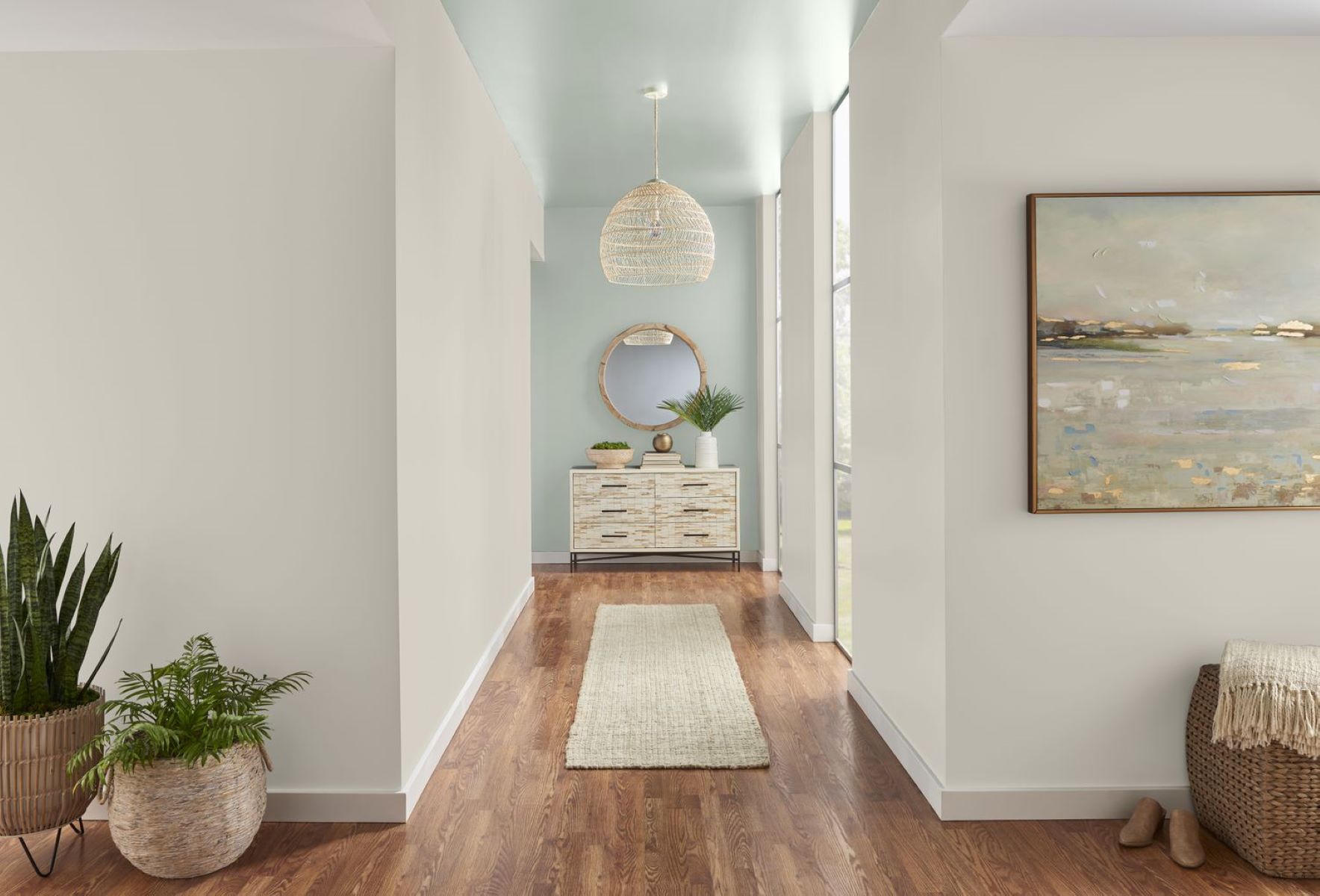
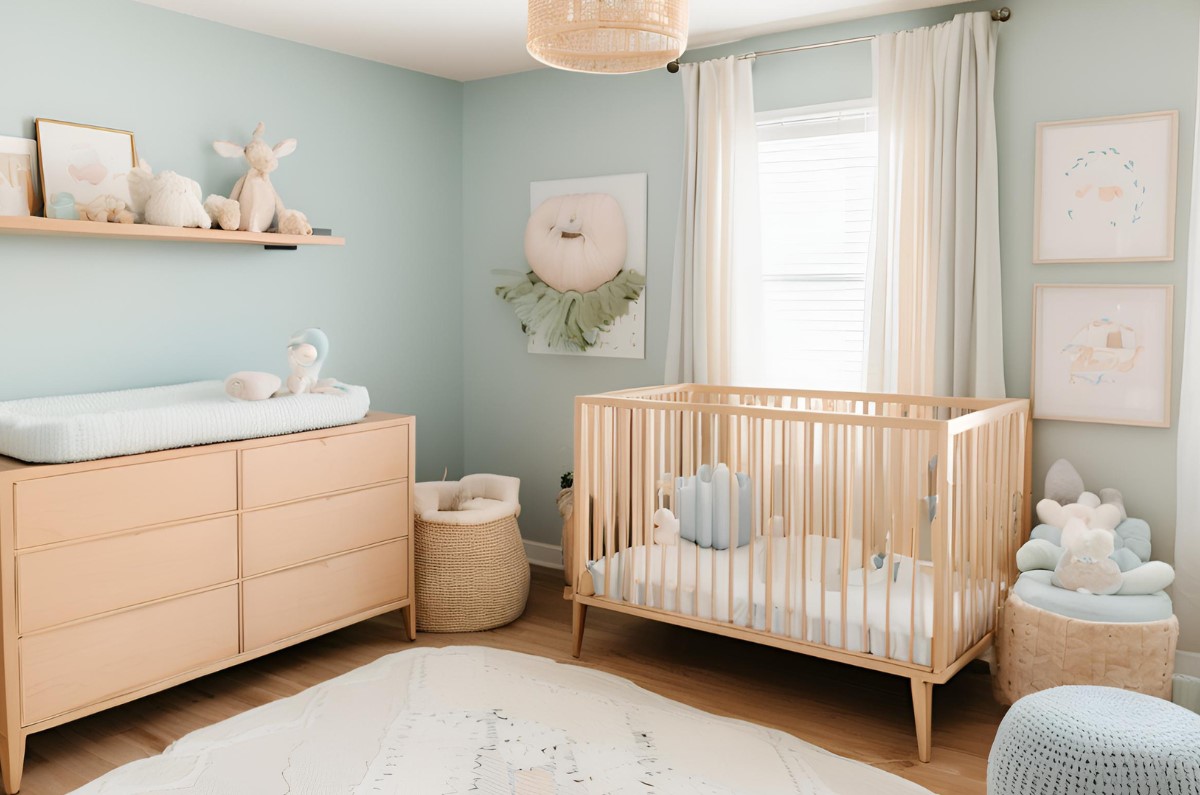
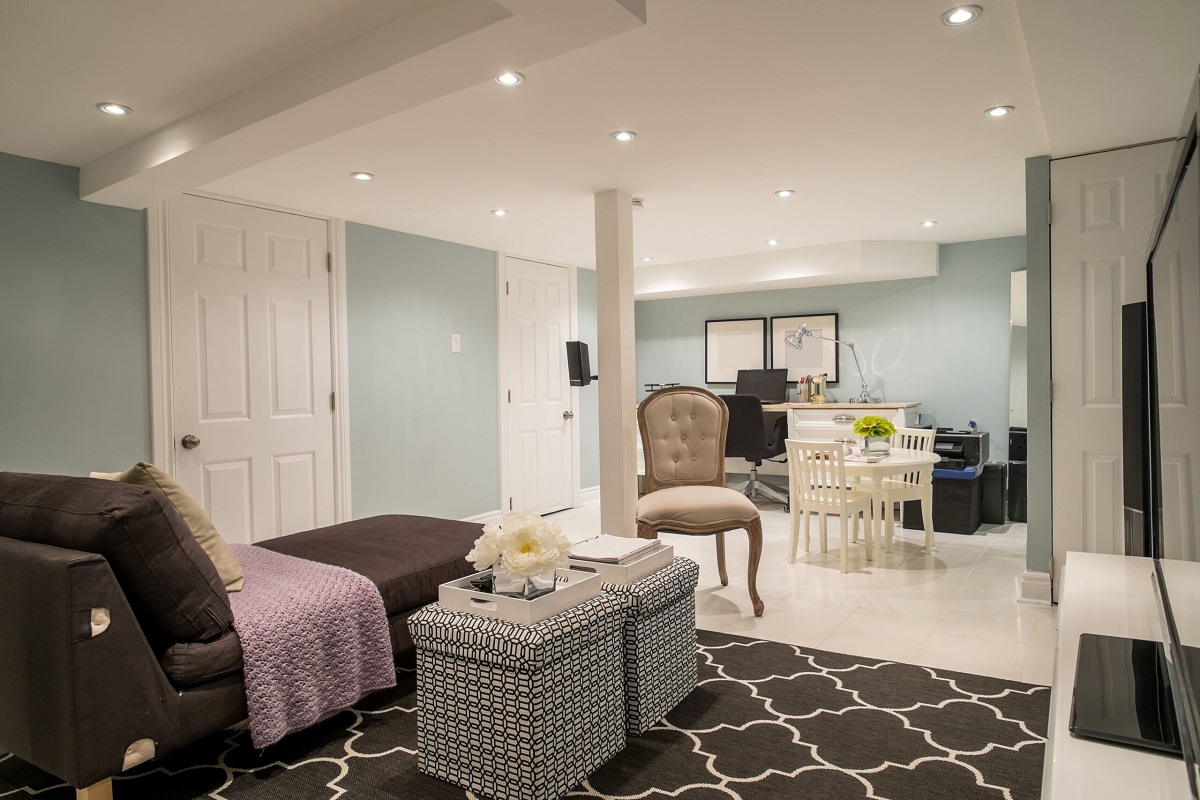
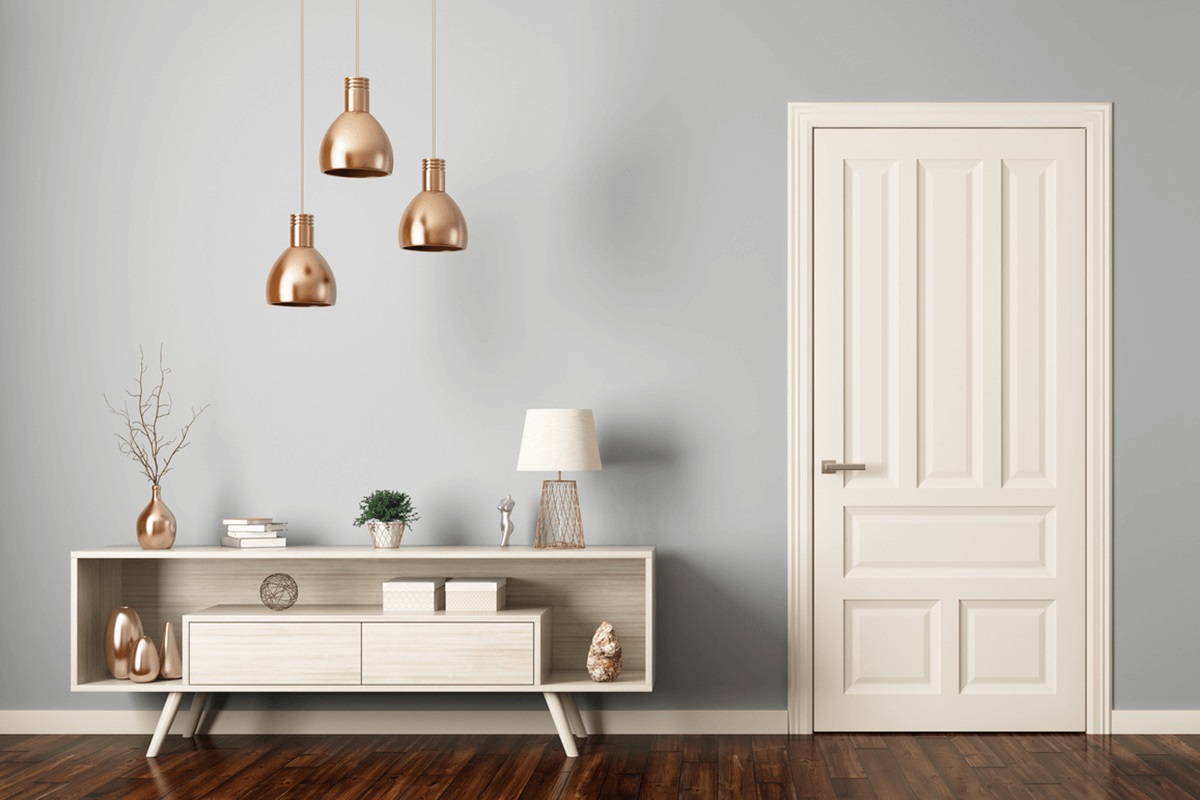
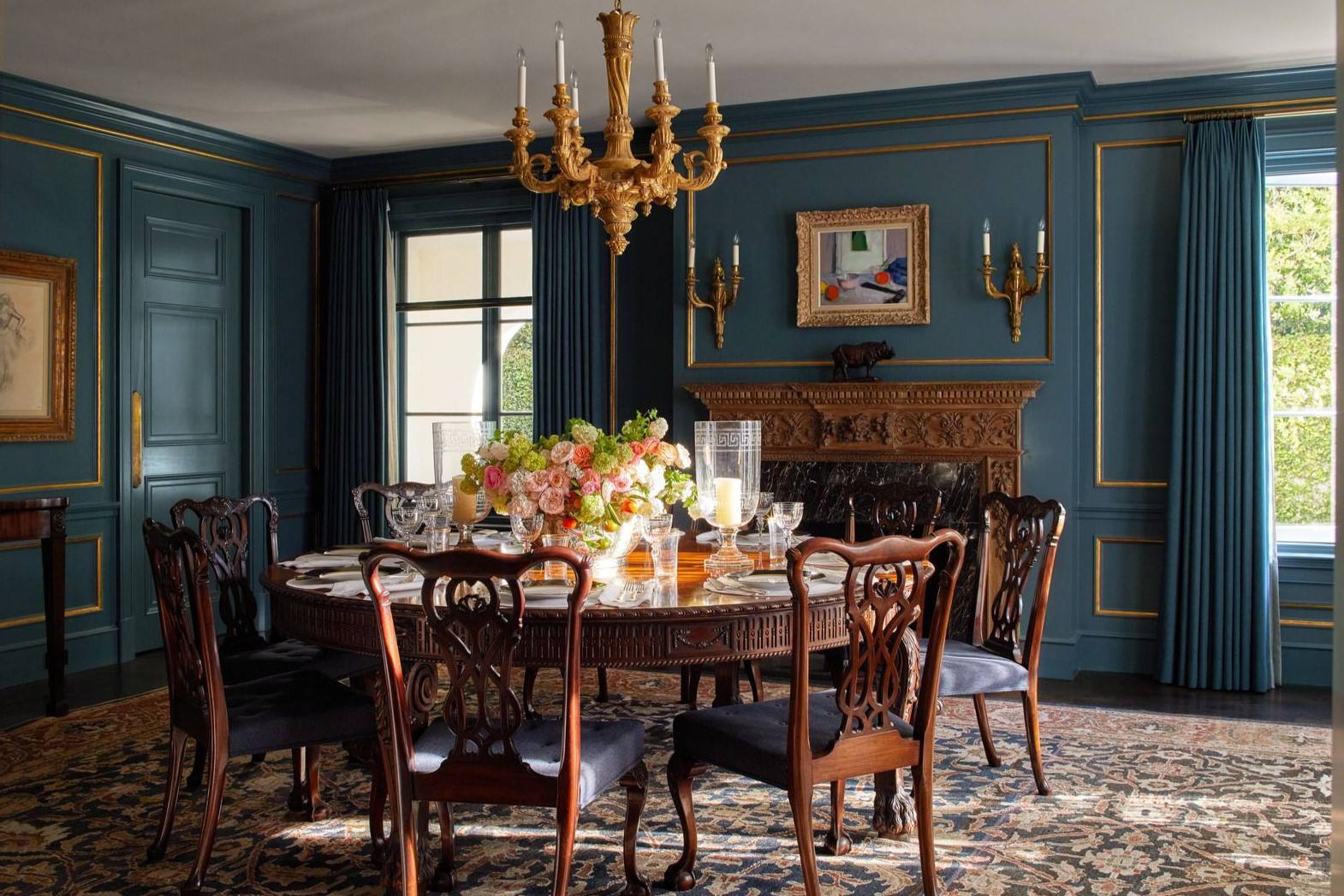
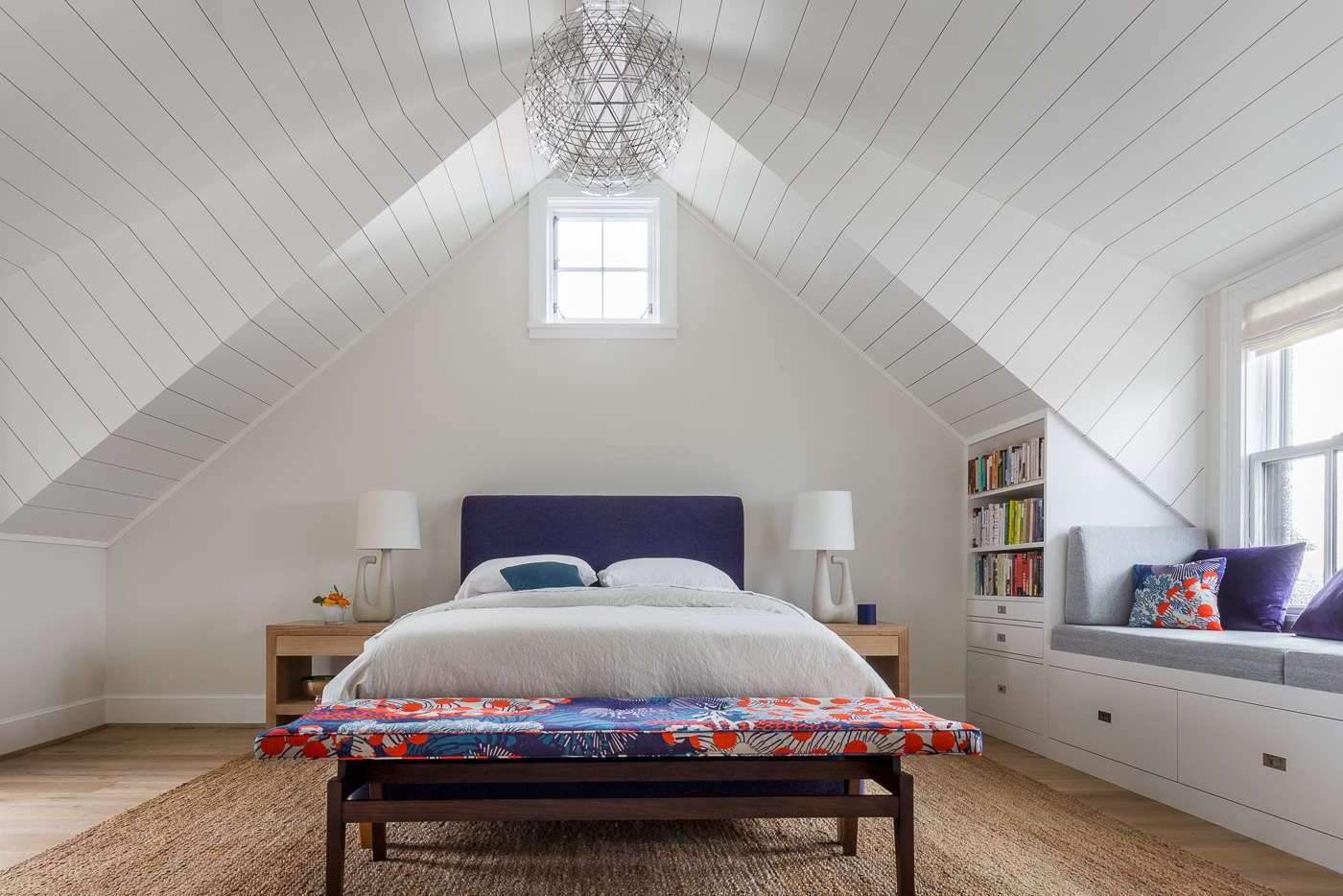
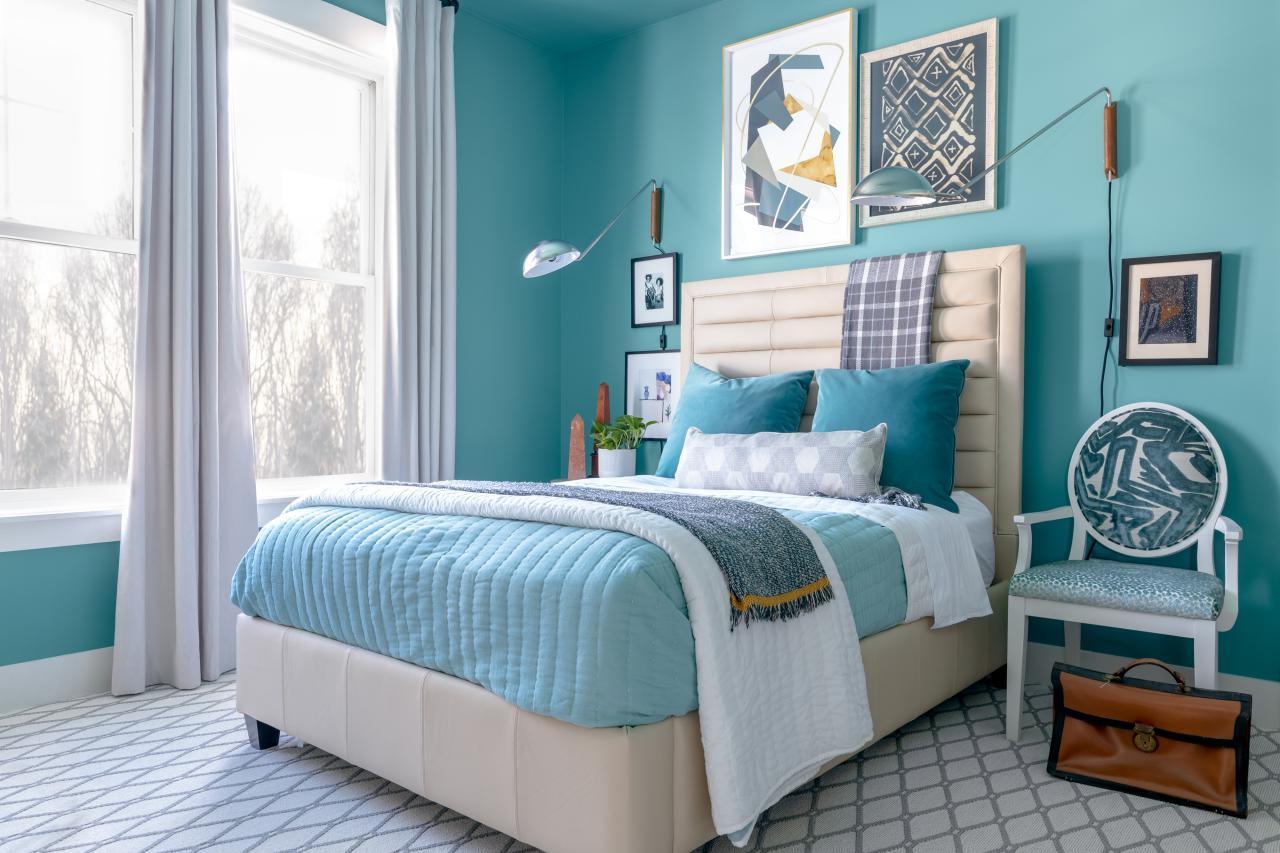
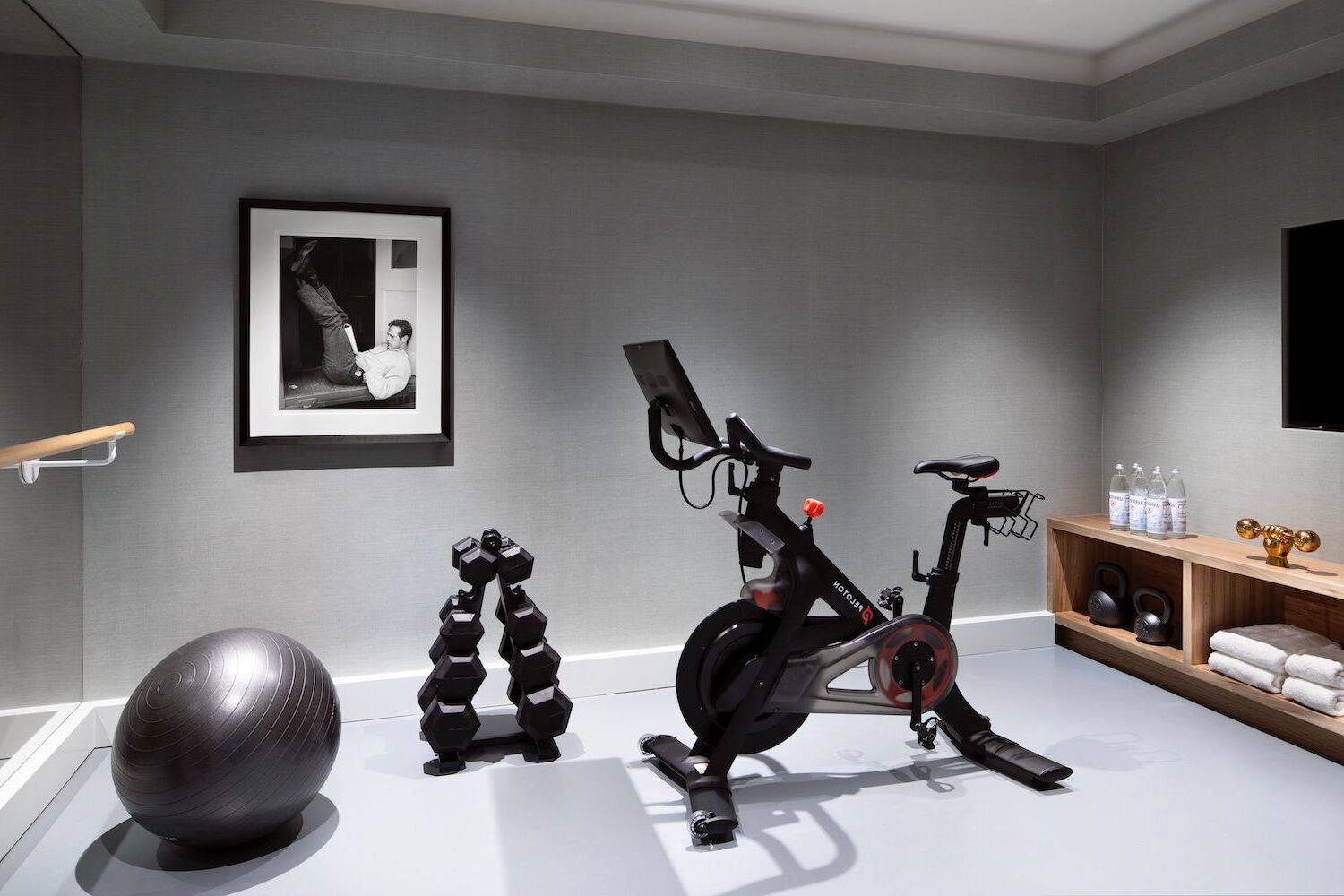

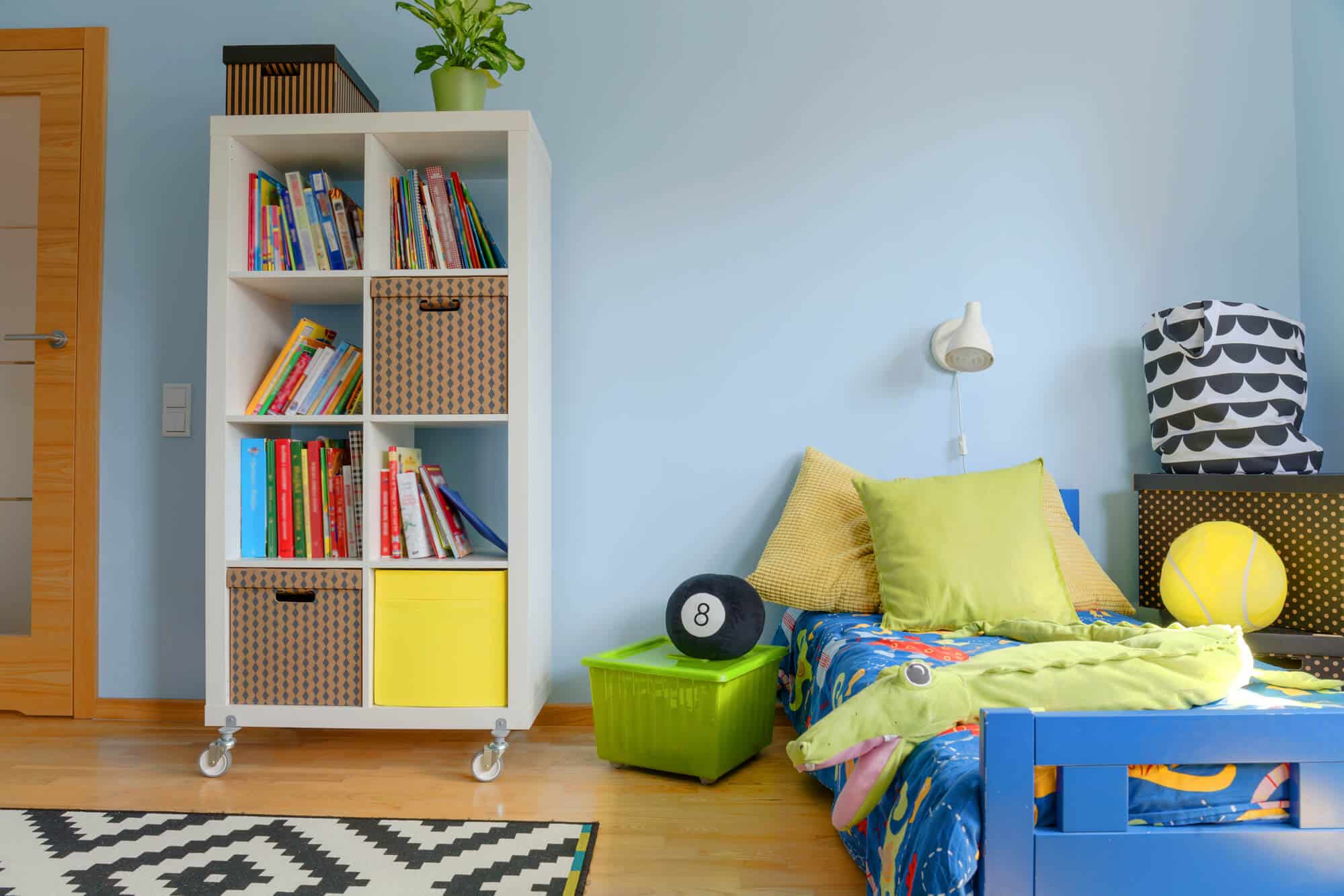
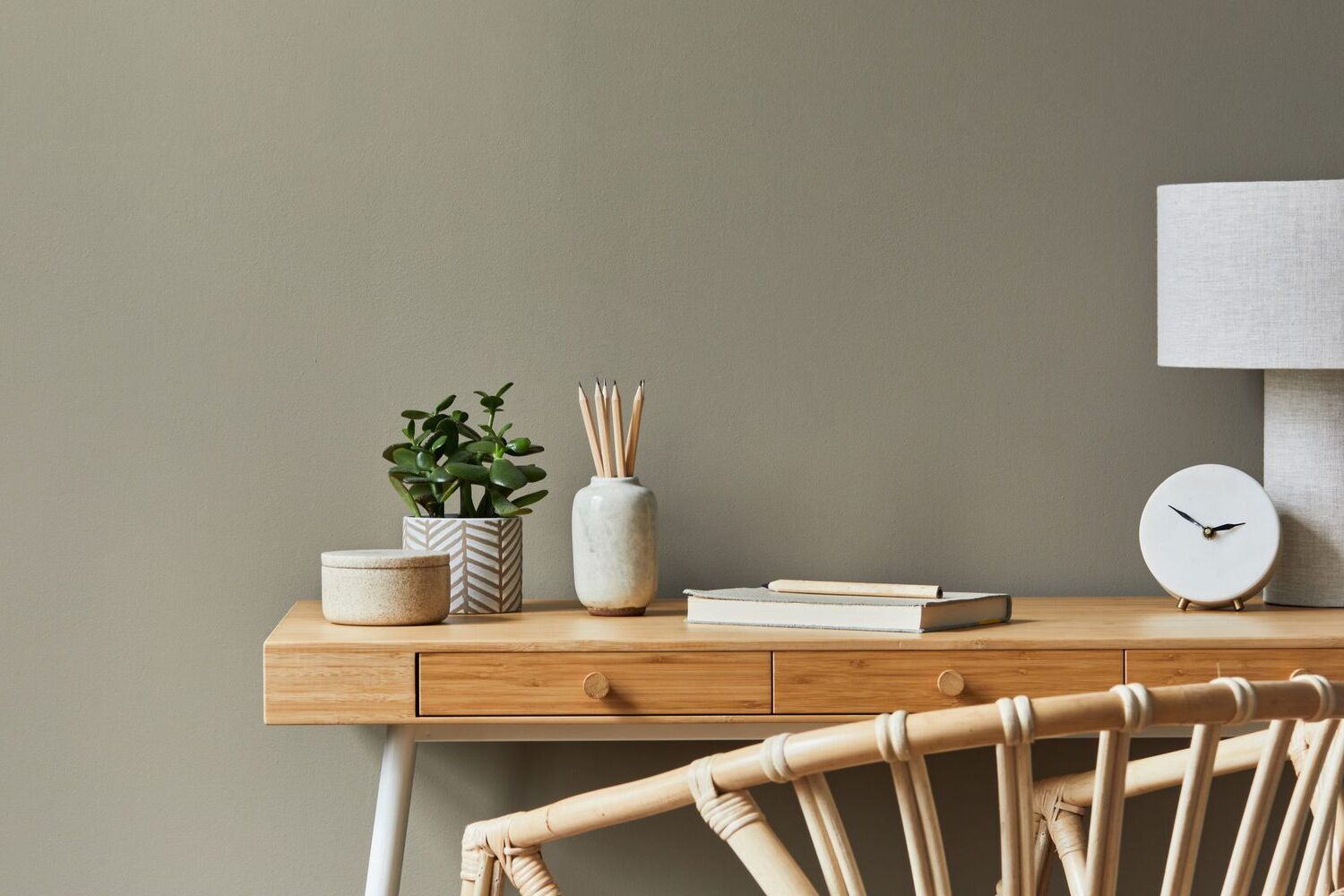

0 thoughts on “How To Choose The Right Paint Colors For A Bathroom”